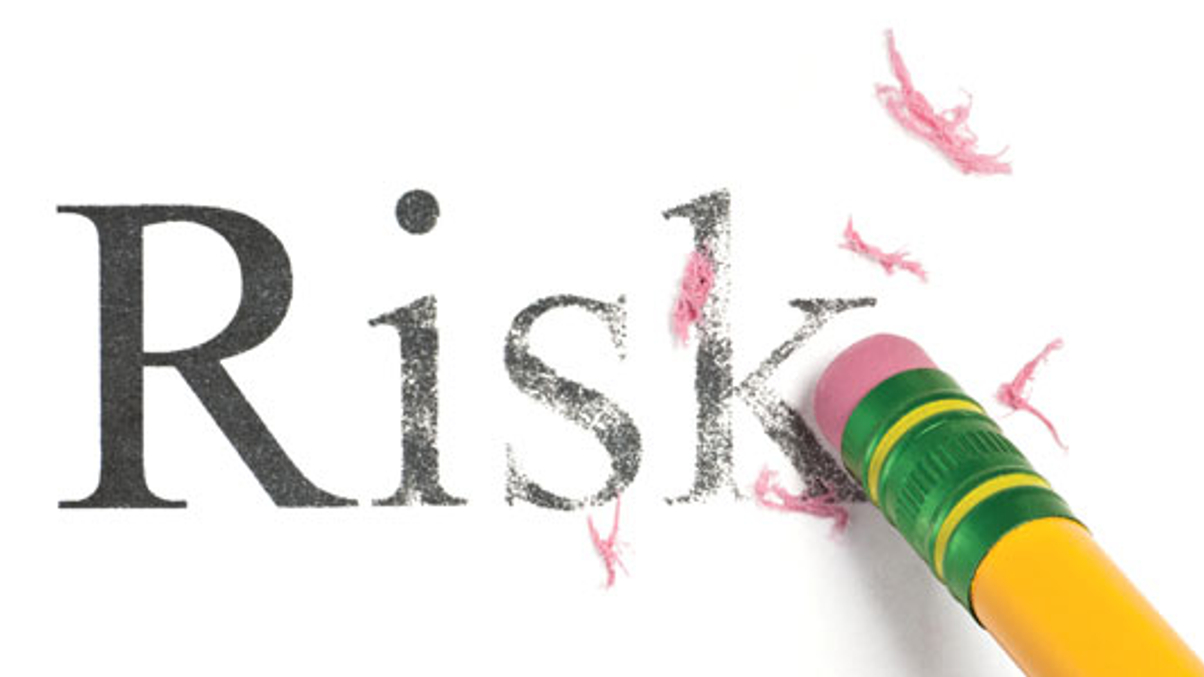How Cbus, Poba defend their portfolios amid Covid-19
Some asset owners in the region are reducing riskier assets, while more investors around the world are planning to increase their allocations to government bonds.

Australia’s Cbus Super Fund and Korea’s Public Officials Benefit Association (Poba) are among a growing number of institutional investors that are underweighting risk assets, despite the likelihood that this will lead to lower investment returns.
Sign in to read on!
Registered users get 2 free articles in 30 days.
Subscribers have full unlimited access to AsianInvestor
Not signed up? New users get 2 free articles per month, plus a 7-day unlimited free trial.
¬ Haymarket Media Limited. All rights reserved.


